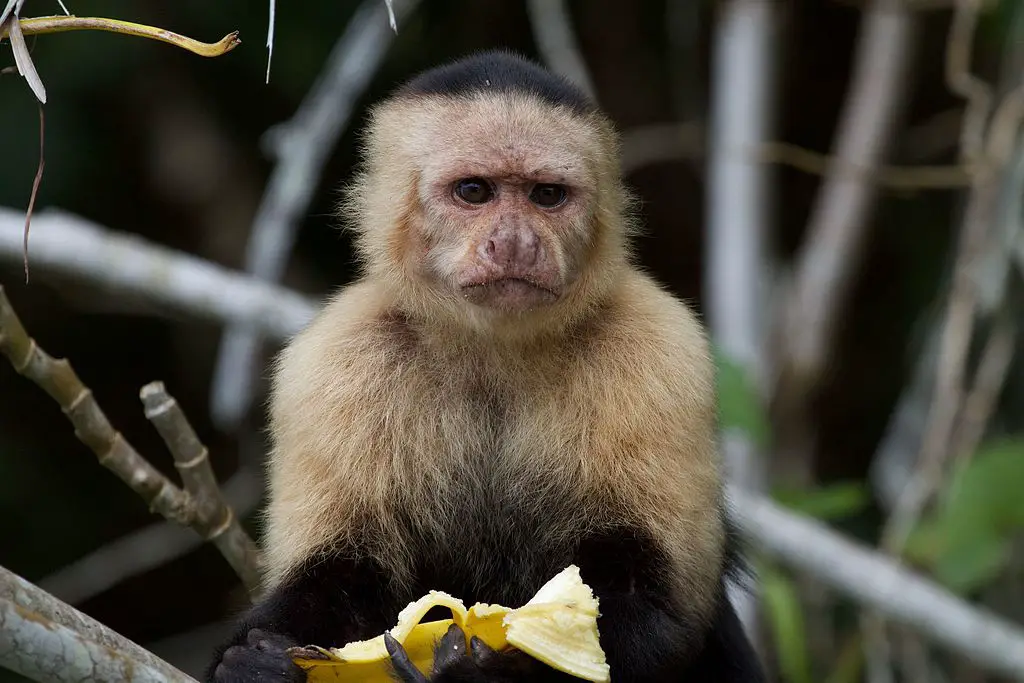A Population Of Panamanian Monkeys Have Entered The Stone Age
Tags: News
A population of Panamanian monkeys appear to have entered the Stone Age. These white-headed capuchin monkeys have become the fourth primate to do so after macaques in Thailand, chimpanzees in West Africa and another South American group of capuchin – who may have been using stone tools for at least 700 years.
As first reported by New Scientist, A research team studied three groups of white-headed capuchin monkeys within the Coiba National Park – which is made up of three islands. The team found that some of the male inhabitants of Jicarón island had started using stones to break nuts. What lead author Brendan J Barrett, of the Max Planck Institute for Ornithology found most interesting was that these tool-wielding males can only be found in a particular region of the island.
“We were surprised that this behaviour appears to be geographically localised,” Barrett told New Scientist.
This behaviour was first reported back in 2004 by co author Alicia Ibáñez. A research team visited the national park again in 2017 to set up cameras on all three islands. The team watched as a relatively small number of males in a region of Jicarón island used stone tools to break open crabs, snails and even coconuts.
However, despite individual monkeys moving between groups, the behaviour of using tools has remained localised. In theory, the innovation should have spread. The research team suggest that this could mean entering the stone age is more likely to be a random occurrence than an inevitable one. It could be the case that one particularly smart individual started using stone tools and, over time, others around that monkey copied him.
The researchers hope that further studies into the behaviour of these Panamanian monkeys will reveal what really happened. A full report on the team’s findings can be found on BioArXiv.
Read More: A New Genetic Study Seriously Challenges Darwin’s ‘Theory Of Evolution’
Image credit: By Brian Gratwicke [CC BY 2.0 ], via Wikimedia Commons
 By
By
Leave Comment: